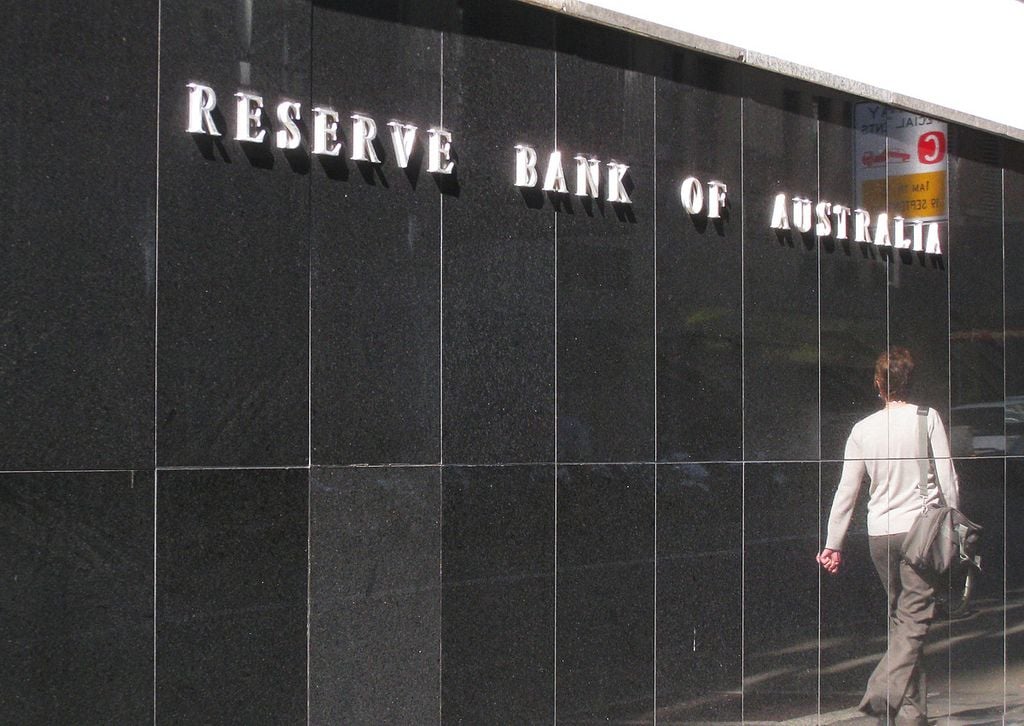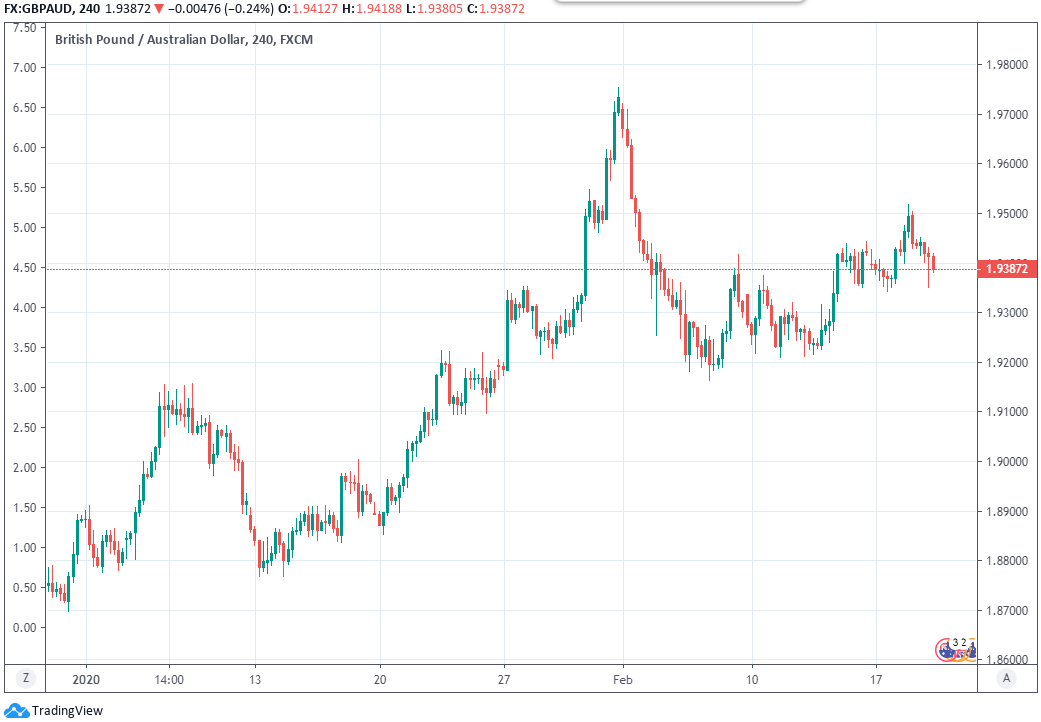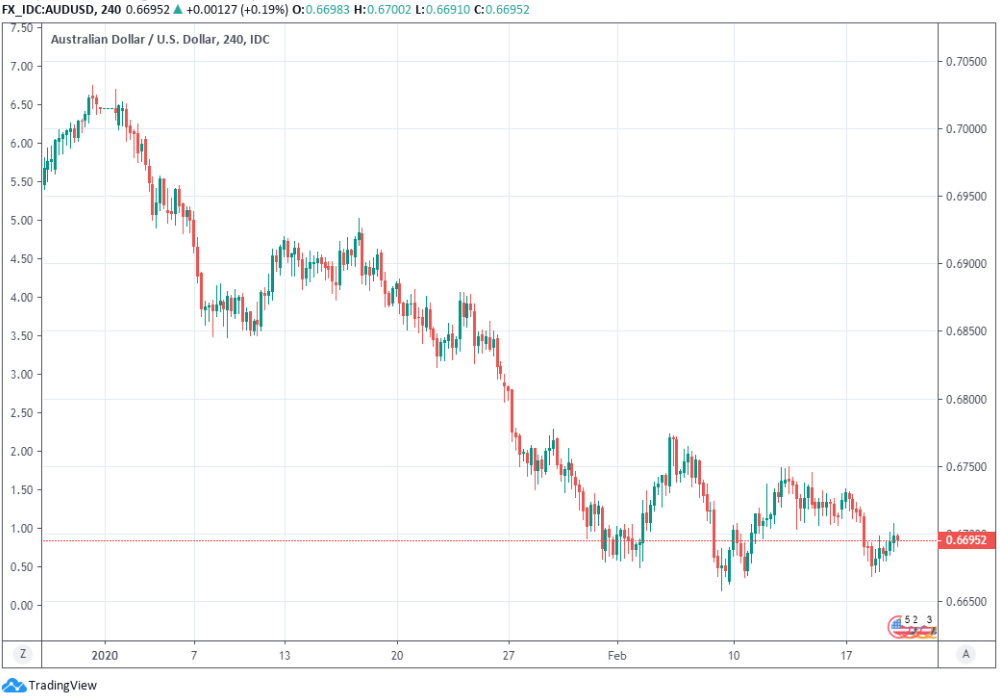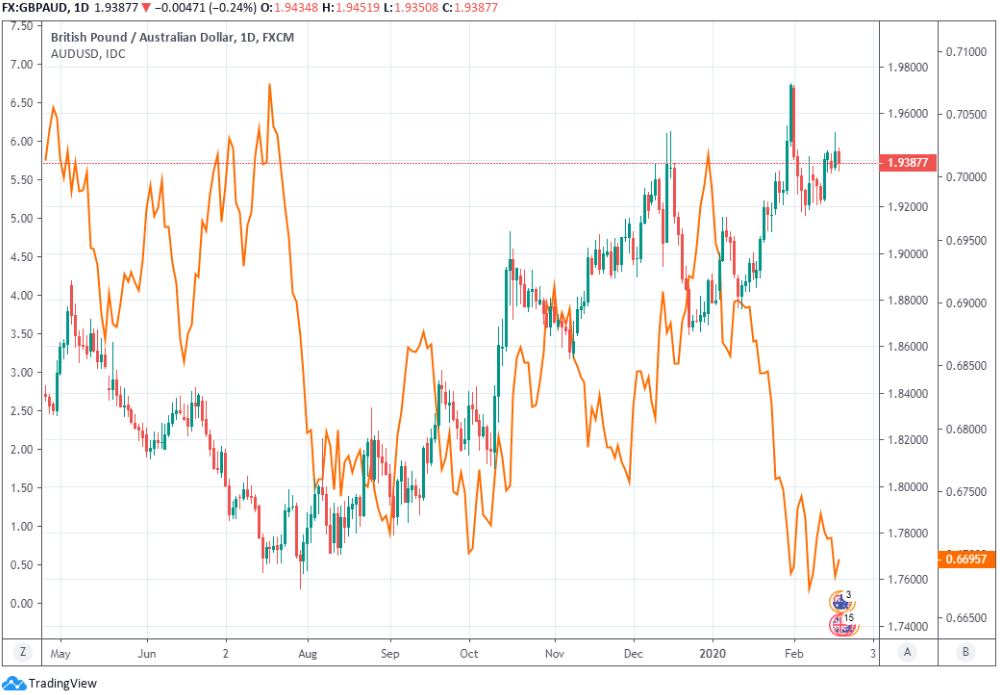Australian Dollar Turns to Jobs Data as Market Eyes RBA Pricing
- Written by: James Skinner
- AUD rebounds with risk assets after soft wage figures.
- Data, AUD rebound, come ahead of January jobs data.
- Market looks for jobless rate to rise to 5.2% last month.
- But risk to the upside given bush fires and coronavirus.
- Poor data, worsening virus, could compell RBA rate cut.
- AUD is not priced for an RBA rate cut until September.

Image © Newtown Grafitti, Reproduced under CC Licensing.
- GBP/AUD Spot Rate: 1.9372, down 0.24% today
- Indicative bank rates for transfers: 1.8744-1.8880
- Indicative broker rates for transfers: 1.913-1.9249 >> find out more about this rate.
The Australian Dollar shifted onto the front foot amid a rebound in risk appetite Wednesday but will be confronted in the overnight session by January jobs data that risks prompting a reversal of the recent repricing of the Reserve Bank of Australia (RBA) interest rate outlook.
Australia's Dollar was higher against all other than the Kiwi and Norwegian Krone on Wednesday, with the Pound-to-Australian Dollar rate down around a quarter of a percent in early trading as investors bid for riskier assets across the board. Gains came in spite of another round of sluggish wage numbers overnight, with the Australian Bureau of Statistics having estimated quarterly pay growth in the lower end of a narrow two-year range.
Aussie wages grew by 0.5% in the last quarter, unchanged from the pace of expansion seen previously but in line with market expectations.
That made for annualised wage growth of 2.2%, which is the lower end of a narrow 2.2%-to-2.3% multi-year range and far below the 3% or more the RBA says it needs in order to produce consumer spending growth that sustainably delivers the 2%-to-3% inflation target.

Above: Pound-to-Australian Dollar rate shown at 4-hour intervals.
"The persistent feebleness in wage growth reflects higher labour market underutilisation during the year and is consistent with the enterprise bargaining agreement data," says Catherine Birch, an economist at ANZ. "The RBA expects wage growth to remain around 2.2-2.3% y/y until at least mid-2022, given that the unemployment rate is not expected to fall below the estimated NAIRU of 4.5% during that period."
Final quarter wage figures hit the market barely a day before January's jobs numbers are set to be released and with markets looking for the unemployment rate to rise from 5.1% to 5.2%.
Consensus is looking for just 10k new jobs to have been created last month, down from 28.9k previously although risks are seen in the market to be to the downside for the employment growth figure and upside for the jobless rate in light of the recent bushfires and impact of coronavirus on tourist flows.
Soft real wage growth will remain a headwind for consumer spending and keep alive pricing for RBA rate cuts. Tomorrow’s labour force report for January will be a key influence on rate cut pricing," says Joseph Capurso, a strategist at Commonwealth Bank of Australia.

Above: AUD/USD rate shown at 4-hour intervals.
Jobs figures become of increased importance to the Australian Dollar in recent months because the RBA sees sachievement of "full employment" as a prerequisite for delivering the inflation target, which means it could respond to bad jobs data with interest rate cuts that the Aussie is not priced for. Market pricing has shifted since October last year from implying the RBA would cut rates twice this year, to implying on Wednesday that only one rate cut is likely. That explains the Aussie's gains into New Year.
"It may tell us whether the reluctance of the RBA to cut rates despite the numerous downside risks to the outlook was indeed warranted," says Petr Krpata, chief EMEA strategist for currencies and bonds at ING, of the jobs data. "With governor Lowe citing the advancements in the labour market as a key factor in the RBA policy equation, the rise in unemployment may revamp expectations for a more imminent cut than what market is currently pricing."
Jobs numbers are out at 00:30 London time on Thursday and will be important for market pricing of the RBA cash rate and for the Aussie Dollar outlook.

Above: Pound-to-Australian Dollar rate shown at daily intervals alongside AUD/USD rate (orange).
Pricing in the overnight-index-swap (OIS) market implied on Wednesday an April 07 cash rate of 0.69%, which implies barely more than 20% probability of a cut from the current 0.75% being delivered by then. It's not until September that the OIS market fully prices a rate cut to 0.50% from the RBA, but the concern among analysts is that Australia's economic condition and outlook could look radically different by the time even the April meeting comes along.
Asia Pacific economies are thought to be suffering greatly amid the fallout from the new coronavirus that's brought China to an effective halt. And that standing-still Chinese economy could mean radically less demand for Australian industrial commodities in addition to the sudden evapouration of lucrative tourist flows from China, all of which could already have impacted the jobs market this January and all of which may also yet necessite an Aussie Dollar-damaging RBA rate cut in the months ahead.
"Commodity markets are likely to exhibit different reactions to the demand and supply shocks that are developing as a result of coronavirus. In the case of Chinese steel markets, we are reading the sharp drop in prices as being driven by a demand shock," says Robert Rennie, head of financial market strategy at Westpac. "Westpac continues to expect that a combination of a more moderate growth outlook and an unexpected (by the RBA) deterioration in the labour market will require a further policy response."




